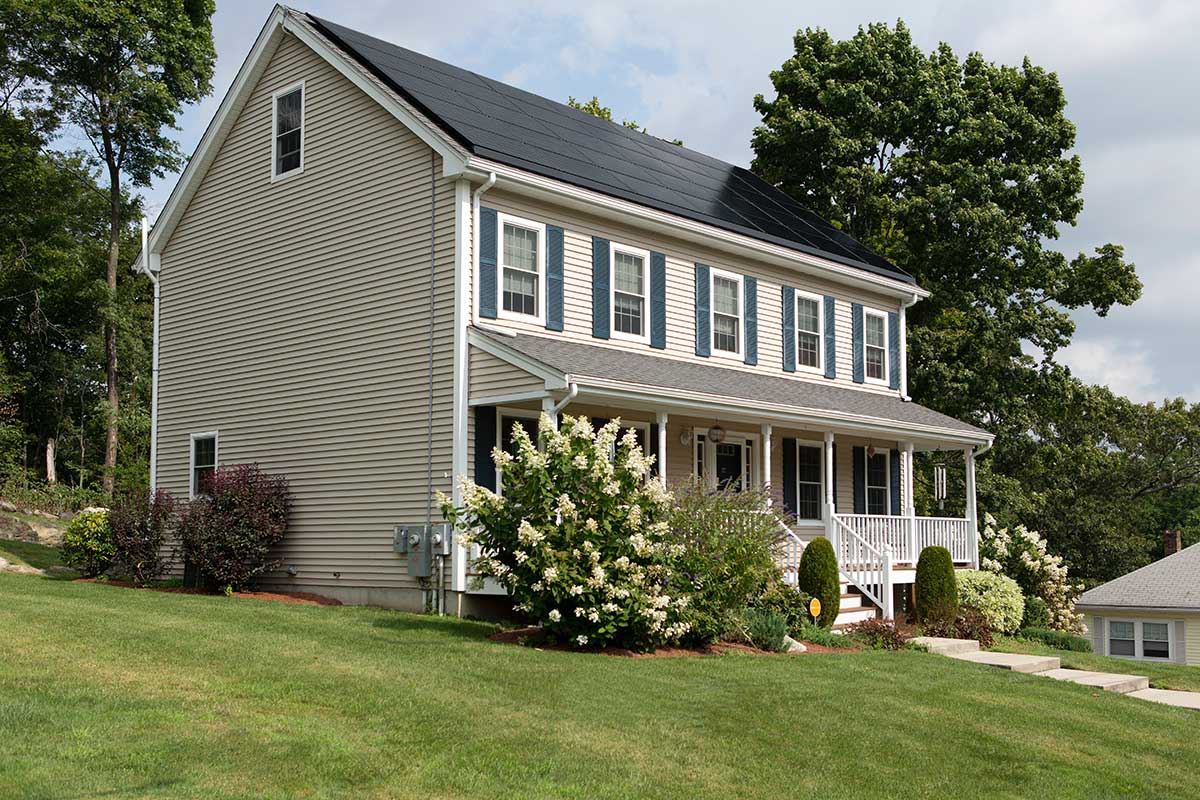COURSE DESCRIPTION
As innovative advances continue to be made in clean energy technologies, renewable energy is more accessible to the public than ever before. The cost of installing solar photovoltaic (PV) panels on a home has fallen to the point that millions of Americans now have the opportunity to reduce their electric bills and more affordably generate their own energy. There are also federal, state, and utility financial incentives available to American homeowners to make solar a more cost-effective energy option.
This course introduces the basic principles of residential solar including PV design and efficiency, and outlines three primary ways a home can use power generated by a PV system. It also discusses the upfront cost and possible savings associated with residential solar, as well as some federal and state incentives that may be available for homeowners.
This course is based on the publication A Residential Customer Guide to Going Solar: Duke Energy Carolinas Version.
This course includes a multiple-choice quiz at the end which is intended to provide 1 hour of professional development.
LEARNING OBJECTIVES
At the conclusion of this course, the student will have learned or been exposed to the following:
• Glossary of Key Terms
• Solar PV Efficiency
• Residential Solar Energy Production
• Solar PV Technology
• Cost Savings of Residential PV
• Upfront Cost of Residential PV
• Federal and State Incentives
• Power Generation Option Comparisons



